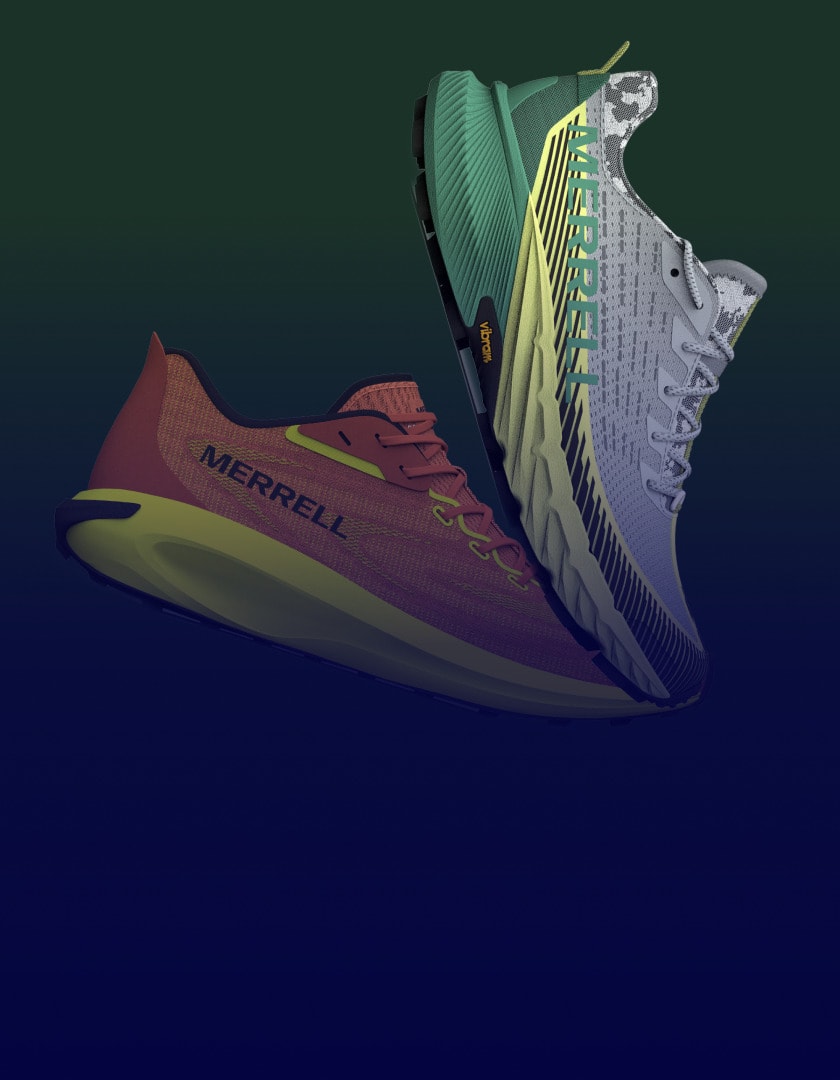Taking on Tariffs: How Centric PLM Helps us Adapt to Changing Tariffs

by Travis Brown, Technical Project Manager at Cobian
It’s a challenging time for US-based companies that source materials, components or finished products from China. The imposition of an initial round of tariffs on Chinese imports in 2018 put the squeeze on margins, and plans for a further 10% tariff on $300 billion of goods from September 2019 will have a negative impact on many businesses and consumers. The footwear industry will be particularly affected, with 70% of shoes in the US currently coming from China.
At Cobian, we have just begun our implementation of Centric SMB, Centric Software’s Product Lifecycle Management (PLM) solution for emerging enterprises. With a footwear PLM solution in place, our goal is to handle economic pressures with more flexible sourcing, increasingly demand-led product development and tighter control of logistics. Here’s how.
Shifts in sourcing patterns
We previously worked with a small number of suppliers, who are primarily based in China. This puts us at risk when it comes to tariff increases, so we are diversifying into countries such as Indonesia and Myanmar.
Working with new suppliers is always a challenge, but Centric PLM™ will give us a single source of up-to-date product information that we can use to onboard manufacturers quickly. Centric’s multiple language and currency support is also crucial as we make connections in new countries.
Centric Footwear PLM provides visibility to our employees in our sourcing office in China to make sourcing decisions and handle more of the product development process. We want to develop products more efficiently and get sampling and quality control done in our factories overseas without emailing spreadsheets and mailing physical samples halfway across the world.
Moving to demand-led product design
Footwear is a fickle industry at the best of times and sales can wax and wane so it’s important to have a secondary distribution channel to avoid carrying unsold inventory into another season. Unfortunately, it’s getting harder to off-price footwear, and resellers are putting pressure on companies to sell at a large discount.
With tariffs on the supply side and discounting on the sales side, margins are getting tighter and tighter, and this makes it more important than ever to make sure that we don’t over-buy or over-produce.
PLM will give us the visibility we need into what’s in our core lines going forward and make it easier to develop more demand-led products. We create specially made-up products in limited runs for individual companies, and designing these custom products requires speed, efficiency and access to the full range of available materials, colors, trims and other design options.
Centric PLM facilitates the entire process from design to sales, giving our clients a range of existing characteristics to quickly design, develop, sample and manufacture custom lines. We’ll be creating more products to meet a specific need, rather than creating a lot of products with no clear projection of what will sell and what will end up in the hands of cut-price retailers.

Taking control of logistics
Depending on how the geopolitical situation evolves, we may not want to hold product in China. We can warehouse stock in China so that we don’t spend money on freight to bring it to the US if we don’t need it yet. However, if it’s sitting in China and we suddenly get hit with more tariffs, it could become very expensive to ship it over.
This presents a significant logistics problem, and logistics is the number one challenge on all levels that led us to seek a footwear PLM solution. PLM makes information more accessible to the people that need it so that they can work together to solve these problems and take advantage of sophisticated reporting and planning capabilities to anticipate issues down the line.
Ultimately PLM will make us more proactive and less reactive, which is the core attribute we need to handle logistical challenges. With more visibility into demand on the sales side, improvements in the product introduction success rate and faster time to market, we can build the agility and flexibility we need to make sure that we have a minimal amount of stock sitting in limbo.
It’s impossible to predict how the tariffs situation will unfold, but Centric PLM will put us in a better position to handle whatever is coming down the road. The motivation behind our footwear PLM project is to solve problems and make things easier and faster across the business, and we believe that spending on PLM is a small investment compared to the opportunities it will give us.








